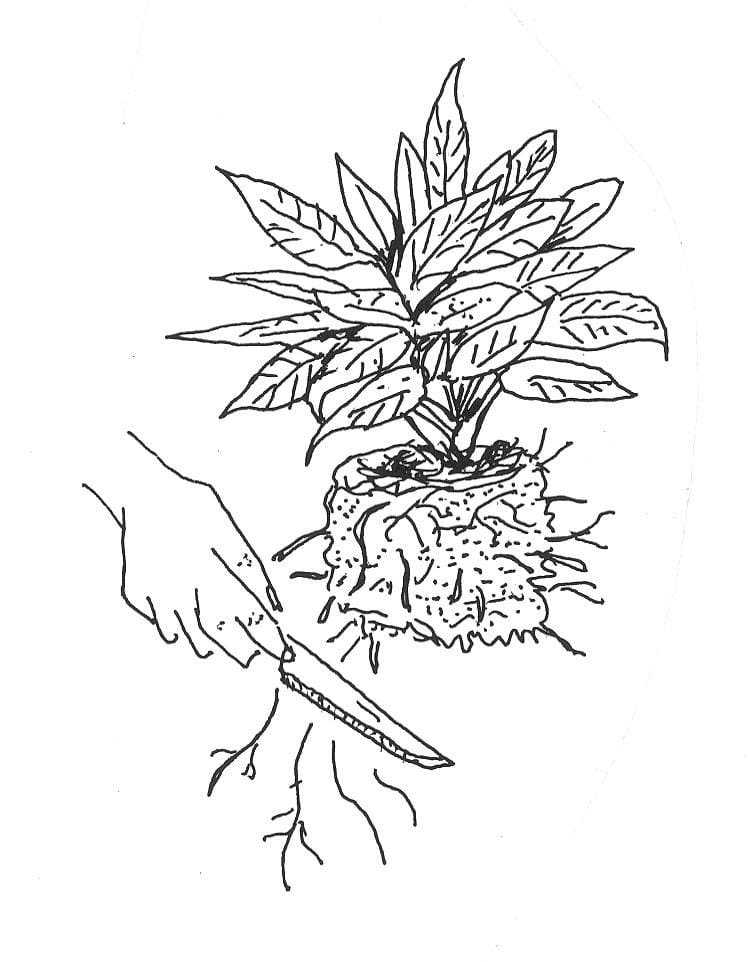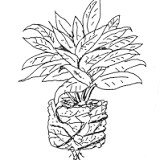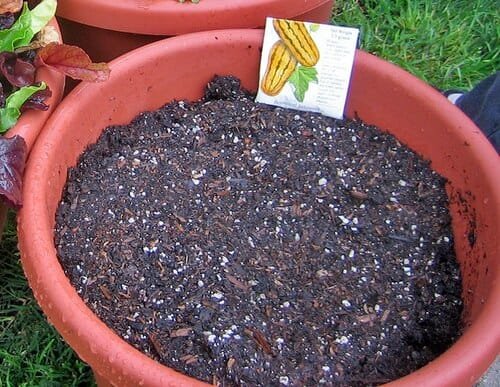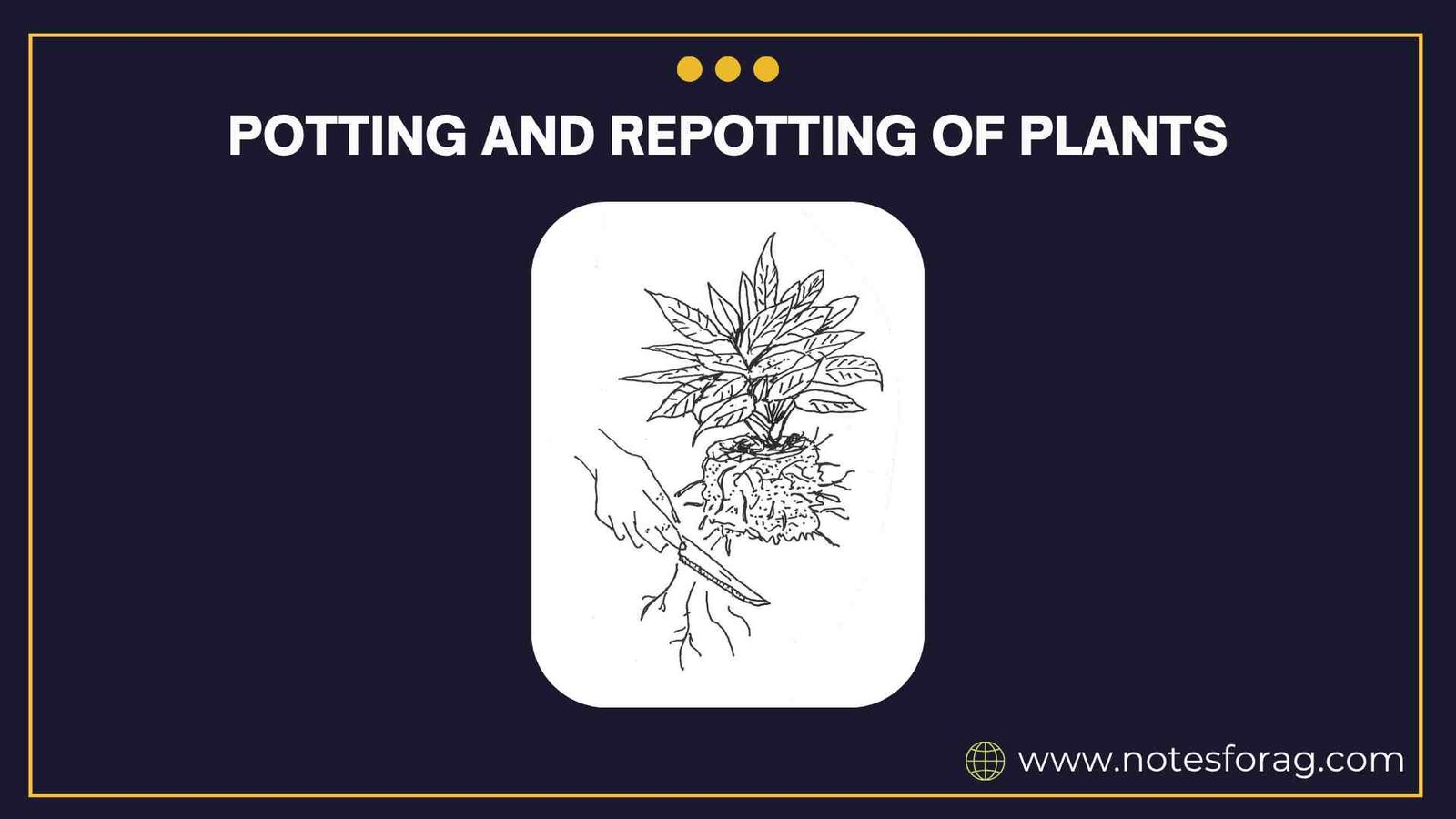INTRODUCTION TO POTTING AND REPOTTING

Potting and repotting are crucial horticultural practices that ensure healthy plant growth and development. Potting refers to the process of planting a plant in a container with soil or potting mix, providing it with a stable environment to grow. Repotting, on the other hand, involves transferring a plant from one pot to another, usually a larger one, when it outgrows its current container.

These practices help provide the plant with more space, fresh nutrients, better root health, and improved drainage, promoting long-term vitality. Whether you’re a home gardener or a commercial grower, understanding the fundamentals of potting and repotting can significantly enhance plant care and productivity.
IMPORTANCE OF POTTING AND REPOTTING
Proper potting ensures that plants have the right foundation for healthy roots, optimal water retention, and adequate air circulation. Repotting helps prevent root bound conditions, replenishes depleted nutrients, and removes old compacted soil. These practices also allow for better pest and disease management, promote healthier foliage and flowering, and extend the overall lifespan of the plant.
Summary of Potting and Repotting
- Potting and repotting involve placing plants in suitable containers with fresh soil or transferring them to larger pots to provide room, nutrients, and healthy roots, ensuring long-term plant health.
- Recognizing signs like root‑bound pots, slow growth, yellowing leaves, or salt buildup helps determine when to repot, ideally during the growing season.
- Proper techniques choosing the right container, preparing quality potting mix, gently handling roots, and providing post‑repot care promote vigorous growth and prevent transplant shock.
Table of Contents
MATERIALS REQUIRED FOR POTTING AND REPOTTING
Pots and Containers
Containers should have adequate drainage holes and be made from suitable materials like clay, plastic, ceramic, or metal. Each material has pros and cons in terms of breathability, insulation, weight, and aesthetics.
Potting Mix

The potting mix should be well-draining, nutrient-rich, and suited to the specific needs of the plant. Common components include peat moss, compost, sand, perlite, vermiculite, and coir.
Gardening Tools
Basic tools include a trowel, gloves, scissors or pruning shears, watering can, and a small hand rake for loosening soil.
Water and Fertilizers
Water is essential after repotting to settle the soil. Organic or inorganic fertilizers can be added to enrich the soil if required.
STEPS IN POTTING A PLANT
1. Select the Right Container
Choose a pot slightly larger than the plant’s root ball with proper drainage holes. This helps prevent waterlogging and root rot.
2. Prepare the Potting Mix
Mix soil components based on the plant type. For example, succulents require sandy soil while orchids need bark-based mix.
3. Add a Layer of Soil
Place a small amount of potting mix at the bottom of the pot to create a base.
4. Position the Plant
Place the plant at the center of the pot. Ensure the root collar is slightly below the rim.
5. Fill in the Soil
Gently add soil around the plant’s roots, pressing slightly to remove air pockets.
6. Water Thoroughly
Water the plant until water drains from the bottom. This helps settle the soil and hydrate the roots.
7. Place in Suitable Location
Place the pot in a location that meets the plant’s light and temperature requirements.
WHEN TO REPOT A PLANT
1. Root Bound Condition
If roots are circling around the pot or emerging from the drainage holes, it indicates the plant needs more space.
2. Slow Growth
When a plant stops growing during the active season, it may be due to nutrient depletion or limited space.
3. Poor Water Retention
Soil that dries too quickly or too slowly can hinder nutrient uptake, indicating the need for fresh soil.
4. Yellowing Leaves
This could signal nutrient deficiency or root stress due to compacted soil or a small pot.
5. Salt and Mineral Buildup
White crusts on the soil surface or pot edges indicate excess fertilizer or salt buildup that harms root health.
HOW TO REPOT A PLANT
1. Choose the New Pot
Select a pot 1 to 2 inches wider in diameter than the current one, with proper drainage holes.
2. Remove the Plant
Gently loosen the soil and tip the plant out of the old pot, supporting the base and roots.
3. Prune the Roots
Trim any dead, mushy, or circling roots with sterilized scissors. This promotes healthy root growth.
4. Add Fresh Soil
Add a layer of potting mix at the base of the new pot.
5. Replant and Fill Soil
Place the plant in the center, add soil around it, and gently firm the soil to eliminate air gaps.
6. Water and Settle
Water the plant thoroughly to help settle the new soil and reduce transplant shock.
7. Aftercare
Keep the plant in indirect light for a few days, avoid fertilizing immediately, and monitor for signs of stress.
COMMON MISTAKES TO AVOID
- Using a pot that is too large or lacks drainage
- Overwatering or underwatering
- Damaging roots during transplant
- Using poor-quality or incompatible soil mix
- Repotting during dormancy instead of the growing season
BENEFITS OF REPOTTING
Repotting rejuvenates plant health, enhances root development, improves nutrient availability, prevents diseases, and provides aesthetic appeal. It also encourages better flowering and fruiting in ornamental and edible plants.
CARE AFTER REPOTTING
Place the repotted plant in a shaded area for 3 to 5 days to reduce stress. Avoid fertilizing for 2 to 3 weeks. Monitor for leaf drop or wilting, and adjust watering accordingly. Resume normal care once the plant shows signs of new growth.
CONCLUSION
Potting and repotting are essential skills in plant care that ensure plants thrive in a container environment. These practices allow gardeners to provide an ideal growing medium, address root-related issues, and improve the aesthetic and functional value of plants. With proper techniques and timing, potting and repotting lead to healthier, more vibrant plants that contribute to a greener and more beautiful living space. Whether caring for houseplants, balcony gardens, or nursery plants, mastering these techniques enhances both plant vitality and gardening satisfaction.
Frequently Asked Questions (FAQs)
What is the best soil mix for potting houseplants?
A high-quality potting mix should offer good drainage and moisture retention, often combining peat moss, perlite, vermiculite, compost, and sometimes sand to suit specific plant types.
How often should I repot my indoor plants?
Young houseplants generally need repotting every 6–12 months, while mature, slow-growing plants can be repotted every 2–5 years or when they become root‑bound.
When is the best time of year to repot plants?
Spring, during active growth, is ideal for repotting to minimize stress and encourage root establishment, with early morning or evening being the optimal time to reduce shock .
Why should I never use garden soil in containers?
Garden soil can become compacted and lacks proper aeration; potting mix or soilless mix with perlite or vermiculite helps prevent root rot and encourages healthy growth.
Related Articles

